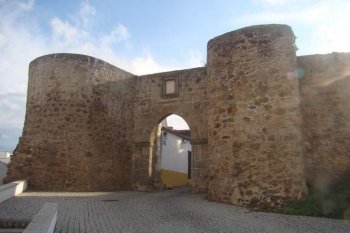Explore the best places
Heritage in Portugal
Casa da Pereira
- heritage
Rua Fernão de Magalhães
5060-333, Sabrosa
Although the certainties are not absolute, everything suggests that Fernão de Magalhães was born in this house, and there is even a reference to Sabrosa in the navigator's will. Being a rural farm house, it has popular civil architecture, characterized by small openings, without erudite elements. The coat of arms inserted in one of the cornerstones of the house would have been chopped by order of King Manuel I, as the navigator made his great voyage of discovery at the service of the kings of Spain. The house was never sold and passed to the current owners by inheritance. In …
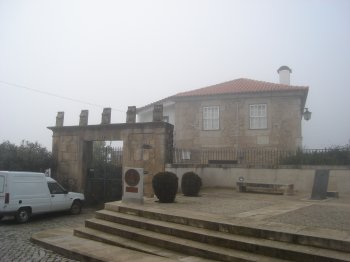
Mamoa de Madorras
- heritage
CM1262
5060-408, São Lourenço de Ribapinhão
With around 30 meters in diameter and around two meters in maximum height, it is a prehistoric tomb built around 6000 years ago. It was discovered in 1912 by Albino Lopo and was first excavated between 1983-1988. It stands out for its monumentality and state of conservation, which led to some scientific interventions that provided innovative and important results for the knowledge of the communities that built this imposing tomb and inhabited the region.
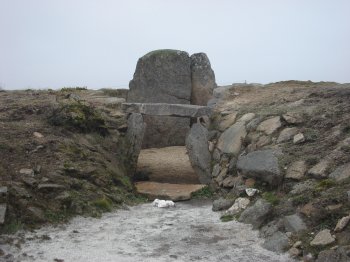
Cemitério Lusitano-romano / Quinta da Relva
- heritage
EN323 - Quinta da Relva
5060, Provesende
Roman and medieval necropolis, consisting of four graves of different types and chronology. Some graves are structured with vertical slate slabs, others in the shape of a box, and still others as anthropomorphic sarcophagi. The excavations carried out at the site allowed the removal of some remains consisting of ceramic artefacts, in addition to an anthropomorphic stele, currently on display in the Abade de Baçal Museum garden, in Bragança. However, of all the tombs discovered, only two anthropomorphic sarcophagi remain, leaning against the elevation on the Epistle side of the Sanctuary of Santa Marinha.
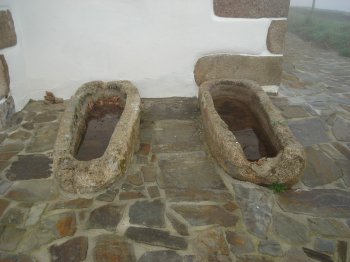
Castro da Sancha
- heritage
EN323
5060-362, Sabrosa
Built on top of a hill, 665 meters above sea level and with an excellent command over the surrounding landscape, this Iron Age fortified town stands out for its trapezoidal plan given by the three lines of granite walls, making it the residential area delimited by the first line of wall torn by three access entrances. A considerable number of fragments of smooth and decorated pottery were collected at the site, which attests to the three periods of occupation found in this town: the Iron Age, Romanization and medieval times. In addition to these elements, several numismas, fibulae, granite millstones, …
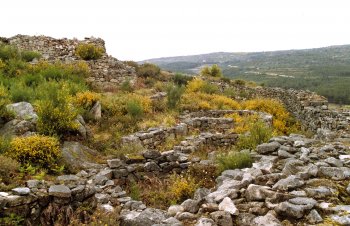
Porta da Ravessa
- heritage
Rua do Castelo
7170, Redondo
Porta da Ravessa or Porta do Sol is one of the two doors of the castle and holds the mark official mark that cloth manufacturers had to bear in markets and fairs.
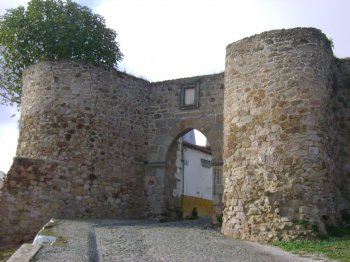
Igreja e Convento de Santo António
- heritage
Rua de Santo António
7170-056, Redondo
Eighteenth-century church, consisting of a nave, chancel, false transept, choir and side chapels, attached to the convent. It was founded in 1601, by the Religious House of Santo António da Piedade by the 5th Count of Redondo, called João Coutinho. It was affected by the 1755 earthquake and the reconstruction of the building's subsection took place in 1757.
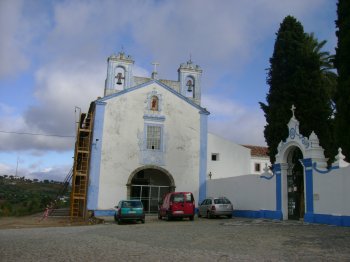
Biblioteca Municipal do Redondo
- heritage
Rua Dona Arnilda e Eliezer Kamenezky, 62
7170-062, Redondo
Place for accessing literature, manuscripts, press records or other files. It also works as a leisure center and aims to be a center for disseminating and promoting reading.
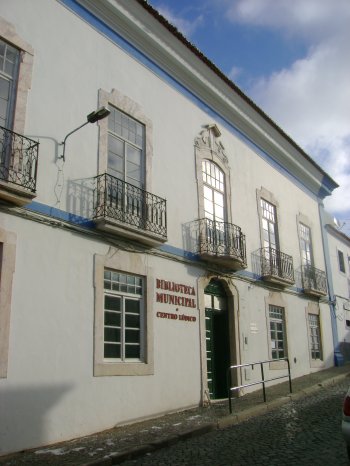
Porta do Postigo
- heritage
Rua do Castelo
7170, Redondo
Another of the castle's doors, topped by a bell tower and sundial that still survives. It was enlarged in the Manueline period and the connection to Porta do Sol or Ravessa is via Rua do Castelo.
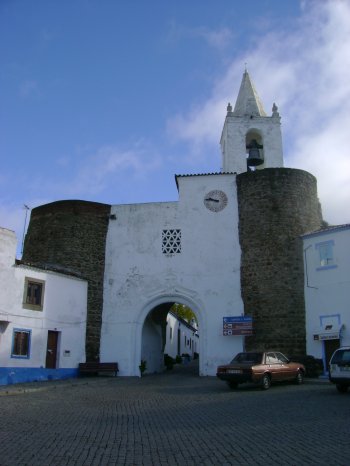
Igreja Matriz de Redondo / Igreja de Nossa Senhora da Anunciação
- heritage
Praça de Dom Dinis, 1
7170-054, Redondo
Although the primitive temple already existed in 1380, the current church would only be ready in 1587, after work began in 1572. In the 18th century it was restored. In it, you can see 18th century tiles, representing the mysteries of Christ and Our Lady, six side chapels with statuary value. On the main altar is the altarpiece of Our Lady of the Annunciation.
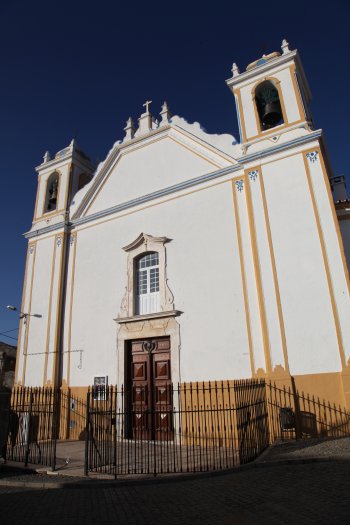
Castelo de Redondo
- heritage
Rua do Castelo
7170-054, Redondo
Castle built by King Dinis in the 14th century, possibly on previous fortification. It has an oval fence with six turrets, two towers and two gates. Currently, retains primitive walls parts, the doors of Ravessa and of Relógio, and remains of the city hall, with ogival slots. The Bell Tower was built in the reign of King João II and was the residence of the Earls Borba-Redondo.
